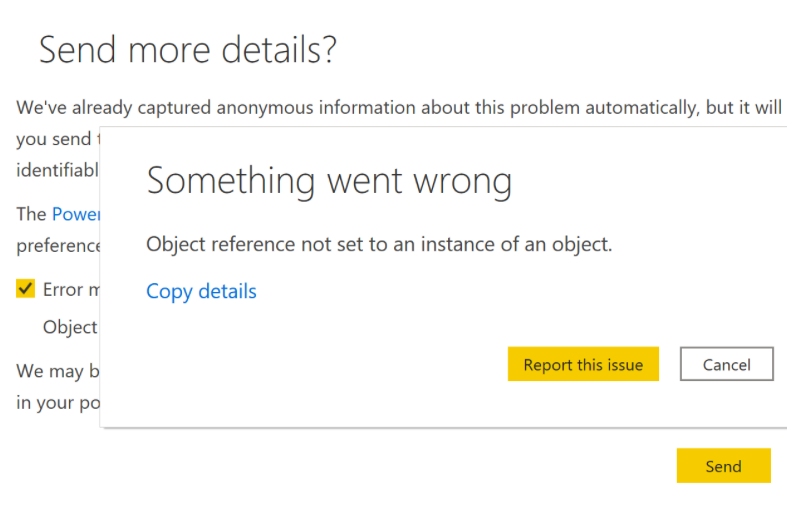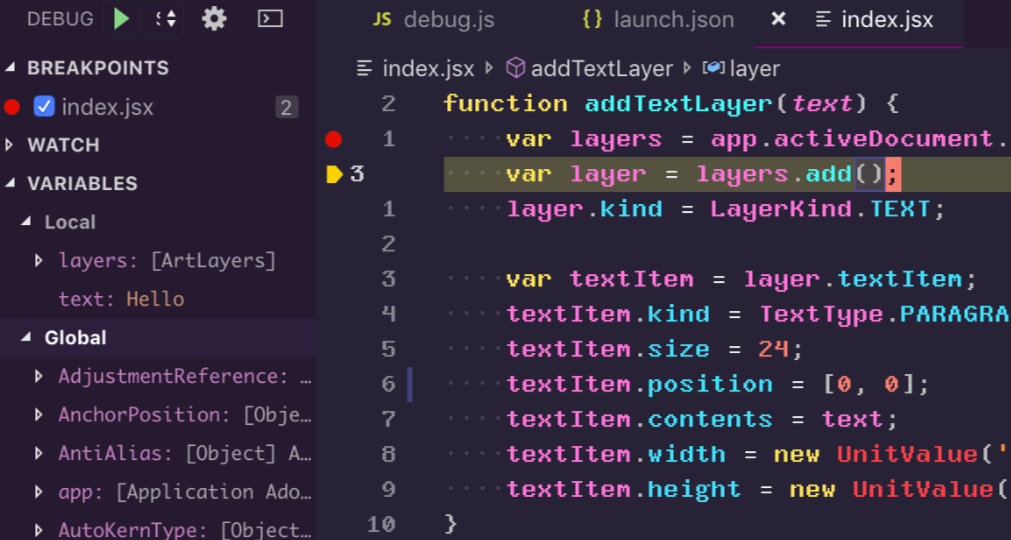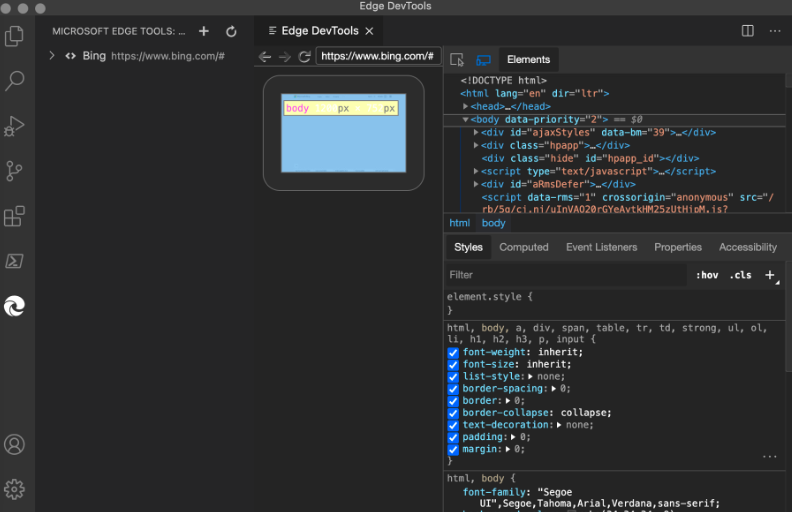In this digital era, numerous application development frameworks have commenced, which allow a small business to begin its journey online for free. Among these open source developer platforms, .net is one of the most common cross-platform optimized for the respective job. However, .net’s error “object reference not set to an instance of an object” can put off your energy and create barriers for you. 90% of .net users do not know what this error actually means! If you are one of those users, this platform is going to help you out with true & tried solutions.

More often than not, developers receive an error “object reference not set to an instance of an object” when they miss upon instating “object” during the application development process. For the most part, this error is common to encounter if you are a newbie in the application development industry and lack practical experience. Thus, for a deeper understanding of this error, let’s take a glance at the introduction:
Table of Contents
What does Object reference not set to an instance of an object mean?
As mentioned before, object reference not set to an instance of an object is a typical error that appears on the screen when the application developer misses representing the “instance” of an object he/she is referring to in a given code. Now, while developing an application, when a coder refers to an object, it is crucial to acknowledge that the respective “object” is in memory of the device. The term “reference” is used to acknowledge the location where that object is residing.
Henceforth, the error “object reference not set to an instance of an object” means that whatever “reference” that you (as a developer) have set to represent the actual memory location of the object does not exist. In other consequences, it may also mean that the object or object instance has been deleted, cleaned up, not restored, or is not supported on your device. Or, the developer has mistakenly set an object to an instance which is valued at null.
In technical language, this error is also called NullReferenceException.
For example, let’s suppose you set up an object by the term “MyBook,” and next, you enter “my book.id.” Here, because you have not provided an “instance” to refer to “mybook,” as a result, the system will no longer be able to find the object in “mybook.id” because it is null and void.
Similarly, there can be hundreds of scenarios where you mistakenly forget to instantiate an object. This error will occur each time. Thanks to our experts on board, we have shortlisted some true & tried solutions that can help you recuperate from this problem. How? Let’s find out:
How to fix the “Object reference not set to an instance of an object” error?
NullReferenceException or object reference not set to an instance of an object is both the same errors. When you encounter this error on your screen while creating a code during application development, it is possible that you are willing to go back to the code and make changes. However, whenever you press the enter button, the code will reappear. How do you fix it? Let’s take a glance at different methods that suggest a difference:
#Method 1: Instantiate the object
To begin with, whether you are using JAVA, Unity, or C+, creating objects in each of the languages is nearly equivalent. Now, please note that the “class” referenced during the programming provides the blueprint of an object. For example, let’s suppose the class is “Rectangle rec.” Now, in order to avoid “object reference not set to an instance of an object error,” you can simply identify and instantiate the object this time.

Please note that because you mistakenly didn’t provide an accurate reference to the instance of the object, your code failed. Therefore, in this method, you may be required to delete your entire progress to make the changes. In the event that you are working with multiple objects and according to your observation, only one of the object references is not set to an instance of an object. Then you may want to prefer the second method.
#Method 2: Run “Debug” to avoid object reference not being set to an instance of an object
More often than not, users whine about how they have to remove all roles again and again in order to avoid the error object reference not being set to an instance of an object. Not only this, but 80% of these users claim that they have manually checked and confirmed that all object references are set up perfectly. So, why does this error recur? A simple answer is – there’s a bug!
For the most part, whenever you face an error again and again during the programming of an application, it is 100% possible that your system has a bug that interrupts the performance of code each time. As a consequence, the system can no longer identify the object reference you have set to the instance of an object. Consequently, the respective error occurs.

To resolve this error, all you have to do is debug it. How? Here are the instructions:
- First, enable the “debug checkbox” option in Java Settings on your device.
- Next, tick the “debug” option provided at the top corner of the screen.
- Now, click on the “Exceptions” option.
- From here, select the “common language runtime exceptions” option.
- Next, go to the “system” option further ahead.
- At last, tap on the “Null Reference Exception” option.
- Finally, run your application.
Why is the “debug” option not working?
In this method, it is crucial that the debug option runs. Otherwise, your hustle to resolve “object reference not set to an instance of an object” may fail. For the most part, while enabling the debug option and attaching a debugger to their device, the user makes mistakes. Here are those mistakes which you can observe and avoid while considering running the above method.
Mistake: Local IIS not selected
Please note that if you have not selected “local IIS” in project properties, the debugger will not run at all. Here’s how to activate it:
- First of all, right-click on the screen.
- Next, go to project properties.
- Further ahead, tap on the “Web” option.
- Next, select the “Servers” option, and a dropdown menu will appear.
- Here, select the “Local IIS.”
- If it opens, enable it.
In order to make sure you are using the correct IIS, please check twice whether local IIS is running or IIS Express.
Once you have fixed this make, the following are some instructions/pointers that you can consider running. They will help you figure out whether the debugging process is working or not.
- Tap on the “F5” number key. When you do it, your error dialogue box will appear on the screen. View it and make certain that IIS local is running properly.
- Restart the application. However, this time, please make certain that you have changed the web. cong file.
Hopefully, this method will resolve the object reference not set to an instance of an object once and for all. Now, you would want to take a look at the next method, which is quite reliable.
#Method 3: Fix object reference not set to an instance of an object in Visual Studio
Are you trying to fix object reference not set to an instance of an object in Visual studio by debugging? Even after that, the error does not resolve. It is possible that under the common language runtime exceptions, System. The null reference exception option is not selected. As a result, even if your codes have a null reference exception, the attached debugger will not highlight it in the first place.

Thus, in this method, we recommend you to change settings first and then run the debugger again. Here’s how:
- Go to the Debug option in Visual Studio.
- Now, Tap on the “Windows” option.
- Next, click on the “Exception settings” option.
- Here, go to the “Common Language Runtime Exceptions.”
- Next, select the “System.nullreferenceexception” option by ticking in the block.
- At last, run the debug process again.
In the event that this method doesn’t work out for you, it is possible that your sample of code is bug-free. Read ahead to find other methods.
#Method 4: Change Project Target framework
To begin with, this method is far more sacrificing because not all users want to change the framework for their project. But, if you do, you can easily avoid object references not set to an instance of an object in Visual Studios Windows. To do so, use the following instructions:
- First of all, access the “Solution Explorer” if it is not opened already.
- Next, tap on the “right-side menu” to expand it.
- Further ahead, select the “properties” alternative.
- Now, click on or select the “Application Tab” at the top.
- From the main application tab, click the arrow under “Targeted framework.”
- Change existing framework to “.NET Framework 4.6.1.”
- Next, click on the yes option to verify your choice.
- Now, run the code again.
Please note that when you choose a new “.net framework” for your existing programming code, new errors will appear because the “references” you have set before will be according to the former framework selected. Thus, we advise you to modify those references in order to fix the code entirely.
Apart from this, please also note that it is crucial to download .net framework target version references for the above-mentioned method to work out well.
#Method 5: Unload and Reload your Azure Project
In this last method on how to fix object reference not set to an instance of an object, we will only do a micro troubleshoot. If you are programing an Azure project, follow the instructions given below:
- First of all, right-click on the screen.
- Now, tap on the “unload” option.
- Again, right-click on the screen.
- Next, tap on the “reload” option.
- The problem will be solved.
FAQ:
Q: What does “Object reference not set to an instance of an object” mean?
A: This is a common error message that occurs when you try to access a property or method of an object that is null, meaning it does not point to any valid memory location.
Q: How can I fix the “Object reference not set to an instance of an object” error?
A: To fix this error, you need to find the source of the null object and ensure it is assigned to a valid instance of an object before using it. You can use debugging tools like breakpoints and watches to inspect the values of your variables and objects at runtime.
Q: What are some common causes of the “Object reference not set to an instance of an object” error?
A: Some common causes of this error are using an uninitialized variable, passing a null parameter to a method, accessing an element of an array or a collection out of bounds, dereferencing a null pointer, or casting an object to an incompatible type.
Q: How can I prevent the “Object reference not set to an instance of an object” error?
A: Always check for null values before accessing an object’s properties or methods to prevent this error. You can use the null-conditional operator (?.), the null-coalescing operator (??) in C#, or the IsNothing function in VB.NET to perform null checks.
Epilogue
Object reference not set to an instance of an object is an error that reflects light on the fact that something on your project is not right. If you can’t figure it out, take a glance at the following coding sample, which will help you manually point to your mistake:
using System;
using System.Collections.Generic;
public class Example
{
public static void Main()
{
List<String> names = GetData();
PopulateNames(names);
}
private static void PopulateNames(List<String> names)
{
String[] arrNames = { “Dakota”, “Samuel”, “Nikita”,
“Koani”, “Saya”, “Yiska”, “Yumaevsky” };
foreach (var arrName in arrNames)
names.Add(arrName);
}
private static List<String> GetData()
{
return null;
}
}
// The example displays output like the following:
// Unhandled Exception: System.NullReferenceException: Object reference
// not set to an instance of an object.
// at Example.PopulateNames(List`1 names)
// at Example.Main()
Credit: Microsoft
Are you still struggling with this error? Quickly fix it with all the methods given above. It can save you a lot of pennies and gain technological independence. If you are a programmer, bookmark us for more such upcoming errors and their true and tried solutions. In the event that you are striving with a particular issue, drop your queries in the comment section. Thank you!










